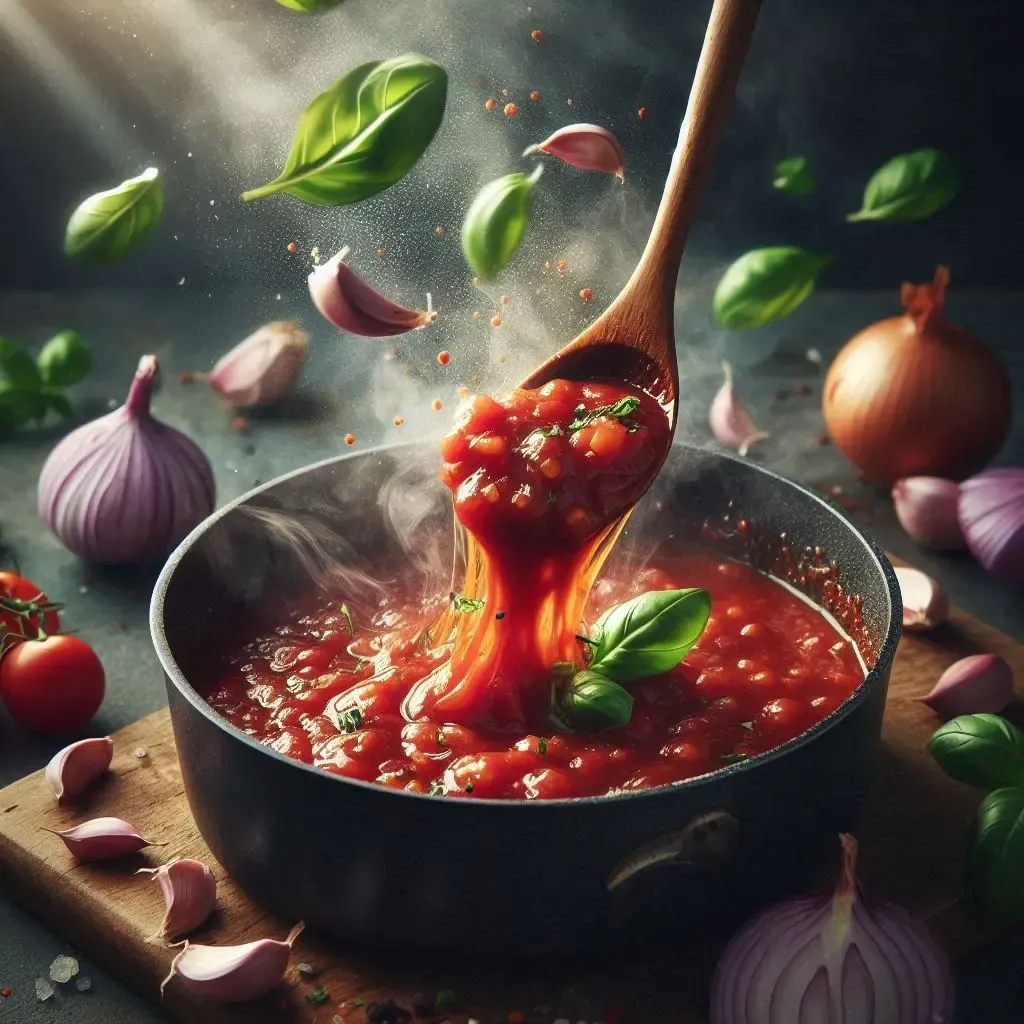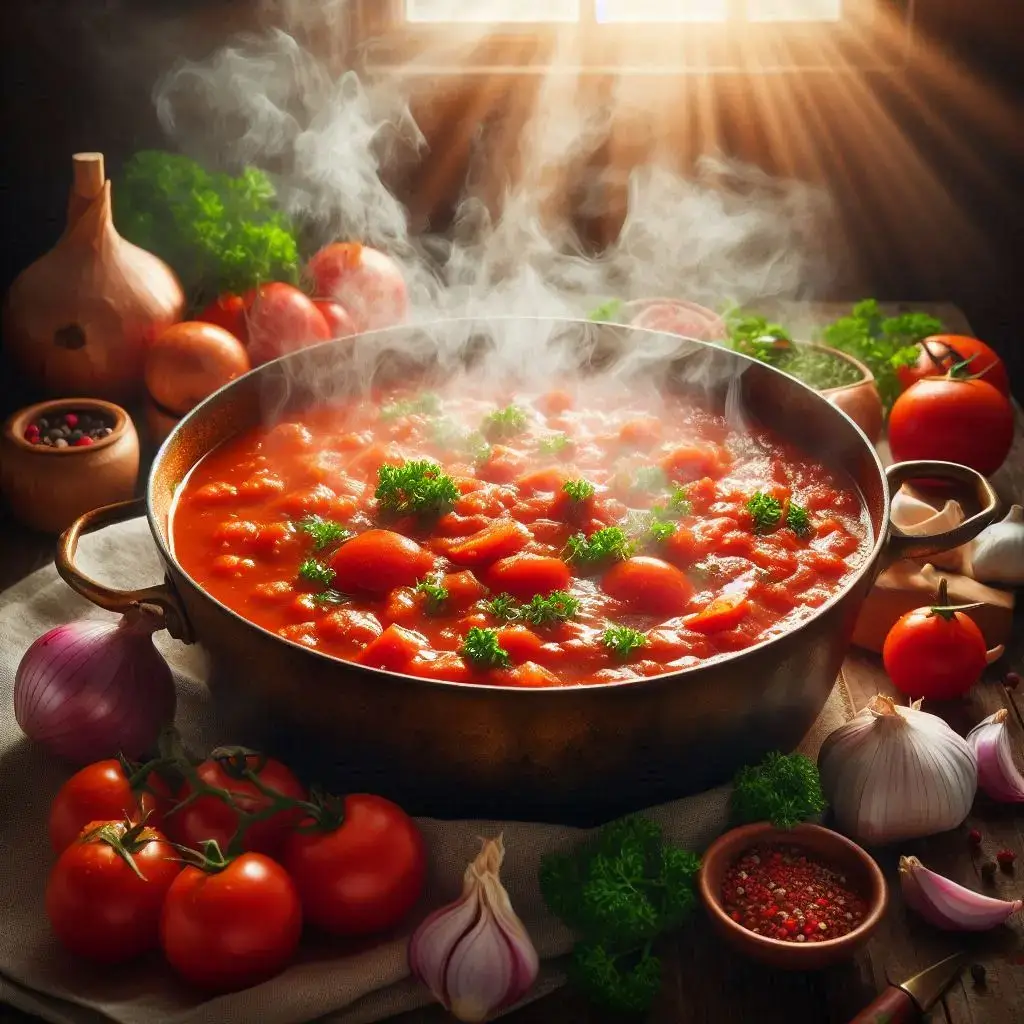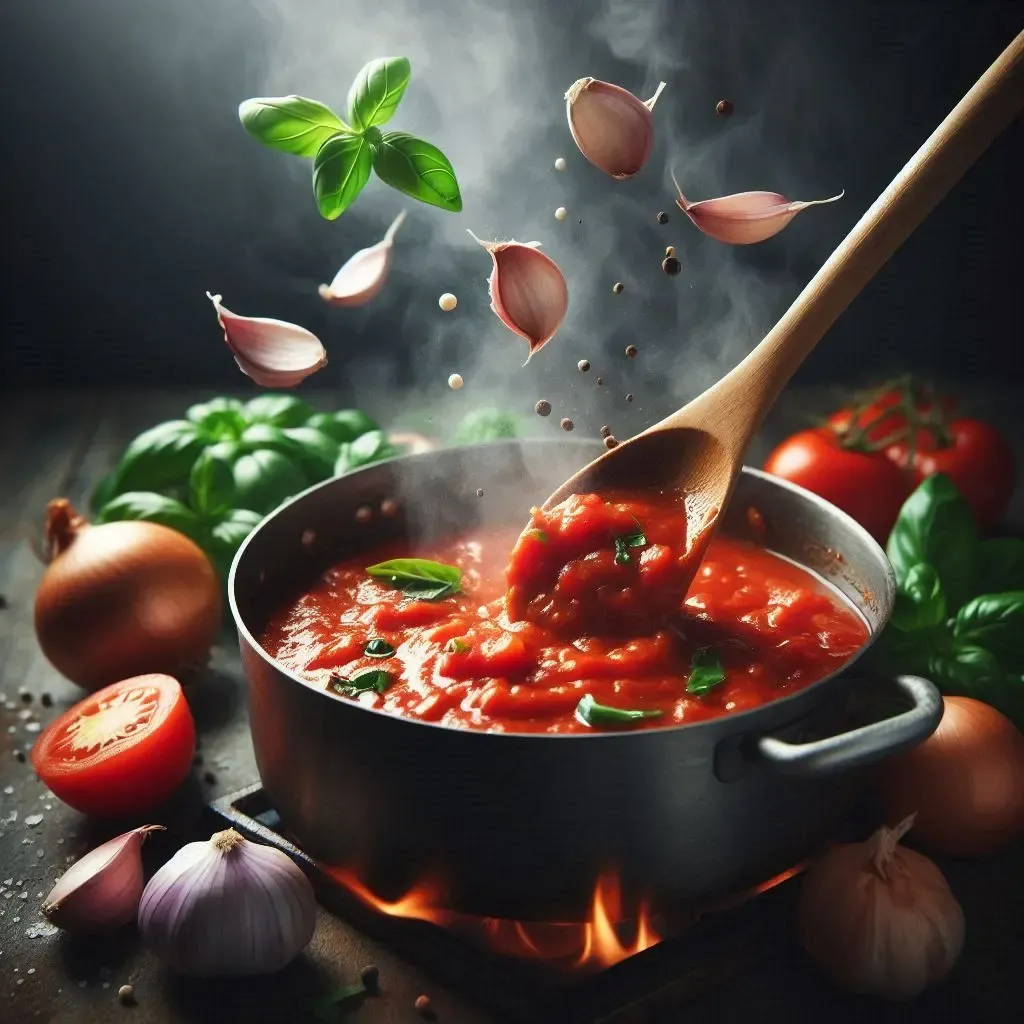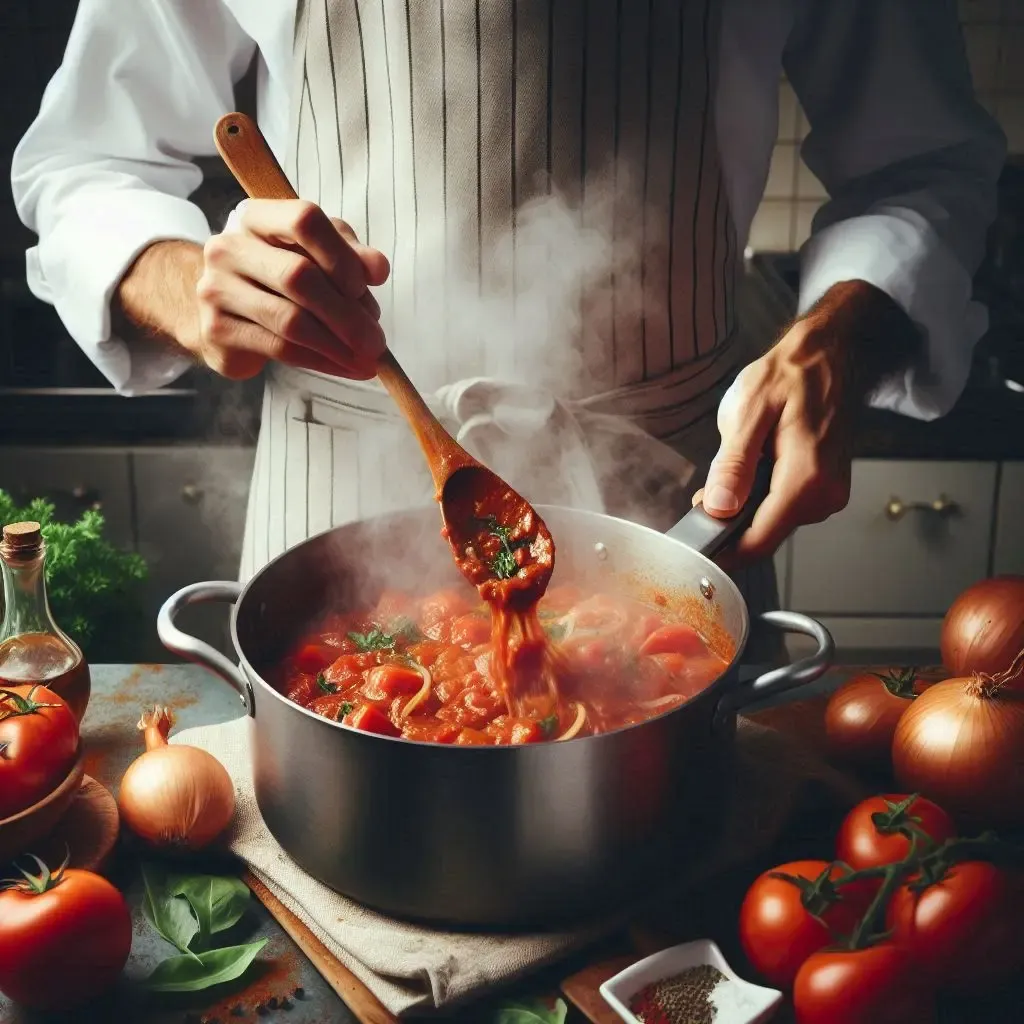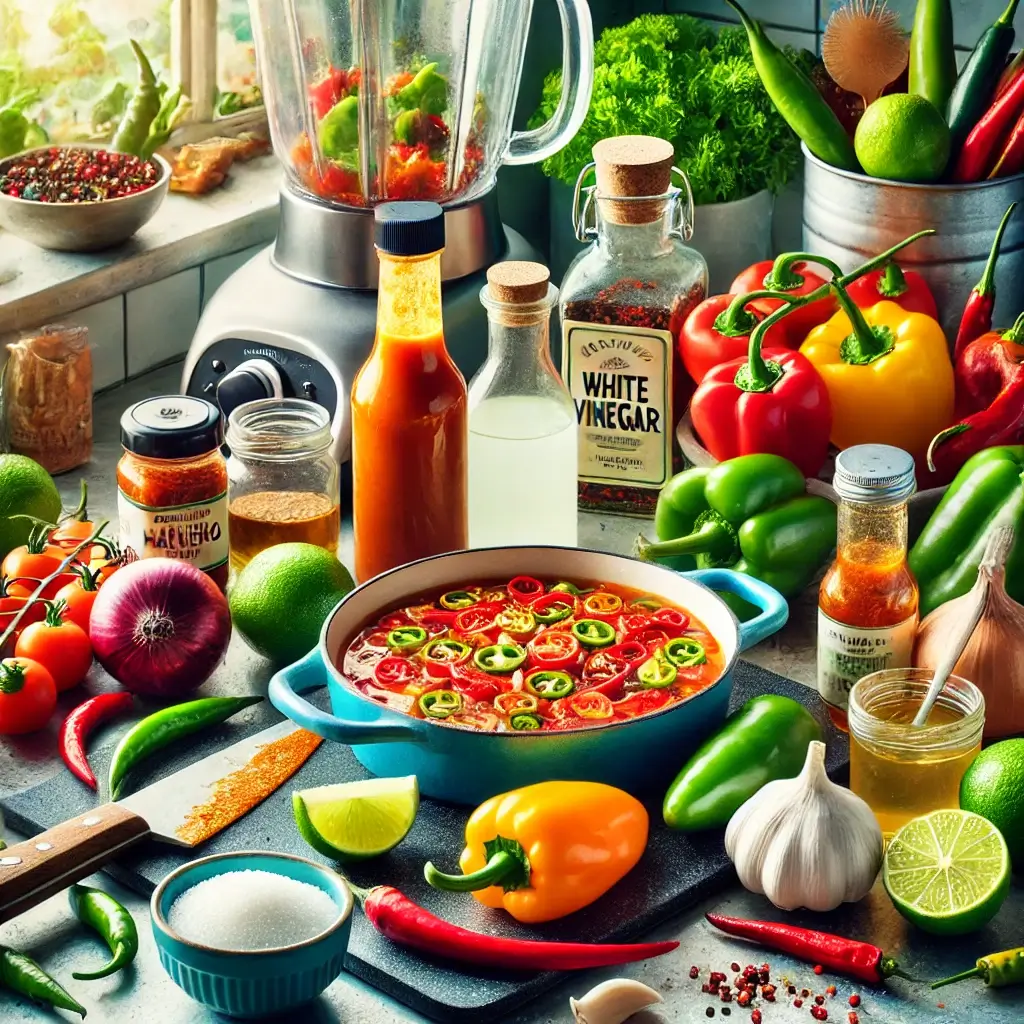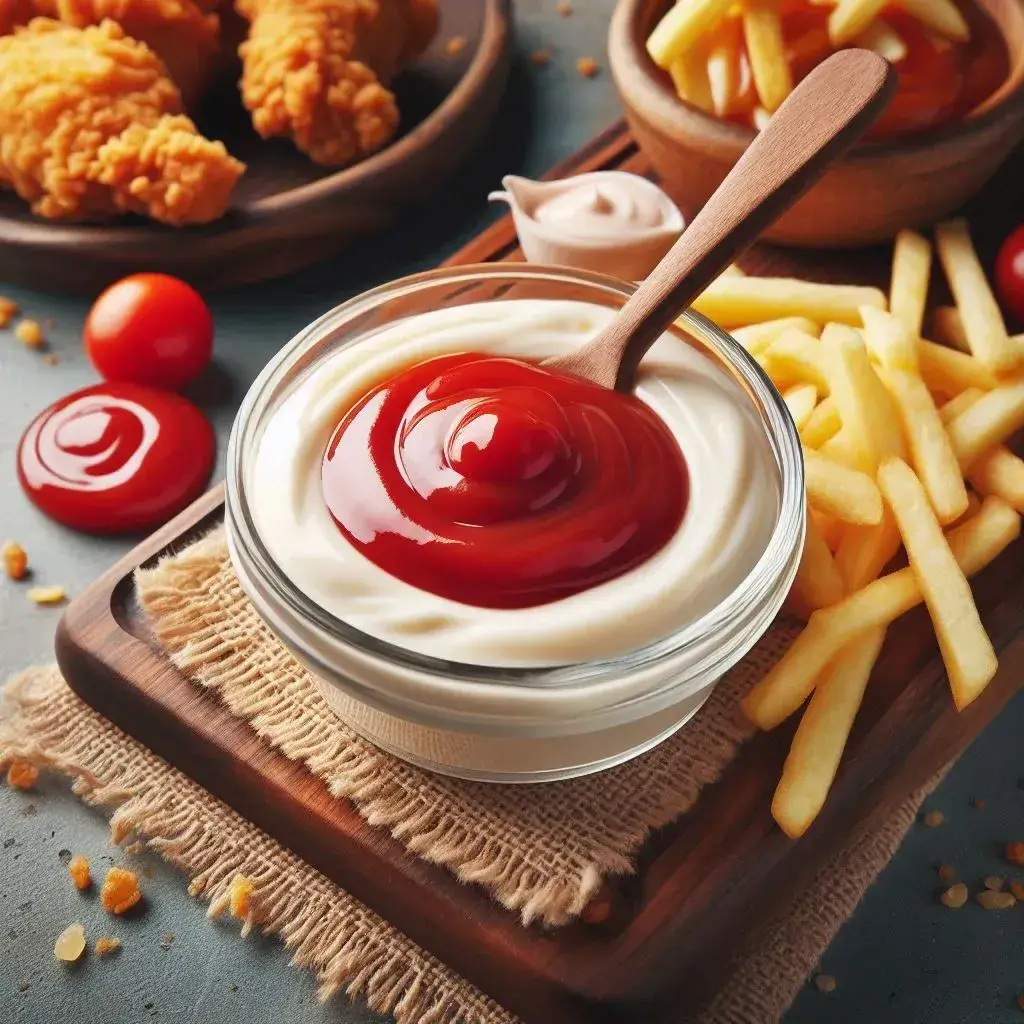
Table of Contents
Creating Canes Sauce at home is a fun and rewarding experience, especially for fans of Raising Cane’s famous chicken fingers. This tangy, creamy sauce has become iconic, and making it yourself allows you to enjoy its deliciousness anytime. Here’s a comprehensive guide to preparing Canes Sauce, capturing the perfect balance of flavors that makes it so beloved.
Ingredients You’ll Need
To make Canes Sauce, you’ll need a few basic ingredients, most of which are probably already in your pantry:
- Mayonnaise (1/2 cup): This serves as the creamy base of the sauce, providing the rich texture that makes Canes Sauce so irresistible.
- Ketchup (1/4 cup): Adds sweetness and a slight tang, contributing to the sauce’s characteristic pink color.
- Worcestershire Sauce (1/2 tablespoon): This ingredient brings depth with its savory, umami flavor.
- Garlic Powder (1/2 teaspoon): Provides a subtle but necessary garlic kick without overpowering the sauce.
- Black Pepper (1/2 teaspoon): Adds a bit of heat and balances the sweetness and tanginess of the ketchup.
- Salt (1/4 teaspoon or to taste): Enhances all the other flavors, making the sauce truly pop.
Step-by-Step Preparation
1. Measure and Prepare Ingredients
Before you start mixing, measure out all the ingredients. This ensures that you get the proportions right, which is crucial for achieving the authentic Canes Sauce taste.
2. Mix Mayonnaise and Ketchup
Start by combining the mayonnaise and ketchup in a medium-sized bowl. Use a whisk or a spoon to stir them together until fully blended. The result should be a smooth, pale pink mixture. The mayonnaise gives the sauce its creamy texture, while the ketchup introduces a sweet and tangy base.
3. Add Worcestershire Sauce
Next, add the Worcestershire sauce to the mixture. Worcestershire sauce is a key ingredient that adds depth and complexity to the sauce. Stir it in thoroughly, ensuring that it’s evenly distributed. This ingredient is what gives the sauce its unique, savory flavor profile.
4. Season with Garlic Powder and Black Pepper
Now, it’s time to season the sauce. Add the garlic powder and black pepper to the bowl. The garlic powder provides a subtle garlic flavor that complements the sweetness of the ketchup and the creaminess of the mayonnaise. The black pepper adds a bit of heat, making the sauce more balanced. If you prefer a spicier sauce, you can adjust the amount of black pepper to suit your taste.
5. Adjust the Salt
Finally, add salt to the sauce. Start with a small amount—about 1/4 teaspoon—and then taste. You can always add more if needed. The salt is essential for bringing all the flavors together, but too much can overpower the sauce, so be careful not to overdo it.
6. Mix and Chill
Once all the ingredients are combined, give the sauce a final mix to ensure everything is well-blended. At this point, the sauce might taste a bit sharp or tangy, but don’t worry—it will mellow out as it chills.
Cover the bowl with plastic wrap and refrigerate the sauce for at least an hour before serving. This chilling period allows the flavors to meld together, resulting in a more harmonious and delicious sauce.
Serving Ideas
Canes Sauce is incredibly versatile. While it’s traditionally served with chicken fingers, there are many other ways to enjoy this sauce:
- Dip for Fries and Onion Rings: The creamy, tangy flavor is perfect for dipping crispy fries or onion rings.
- Spread for Sandwiches and Burgers: Use Canes Sauce as a spread on your favorite sandwiches or burgers for an extra layer of flavor.
- Salad Dressing: Thin out the sauce with a bit of milk or buttermilk, and you’ve got a quick and easy salad dressing.
Storage Tips
Canes Sauce can be stored in an airtight container in the refrigerator for up to a week. As the sauce sits, the flavors will continue to develop, so it might taste even better after a day or two. Be sure to stir it before serving, as some separation might occur during storage.
Tips for Perfect Canes Sauce
- Use Quality Ingredients: The quality of your mayonnaise and Worcestershire sauce will directly impact the taste of your Canes Sauce. Choose high-quality brands for the best results.
- Adjust to Taste: Feel free to tweak the seasoning according to your preference. Some people like their sauce a bit spicier, while others might prefer a touch more sweetness.
- Don’t Skip the Chilling: Allowing the sauce to chill is crucial for developing its full flavor. It’s tempting to skip this step, but the difference in taste is worth the wait.
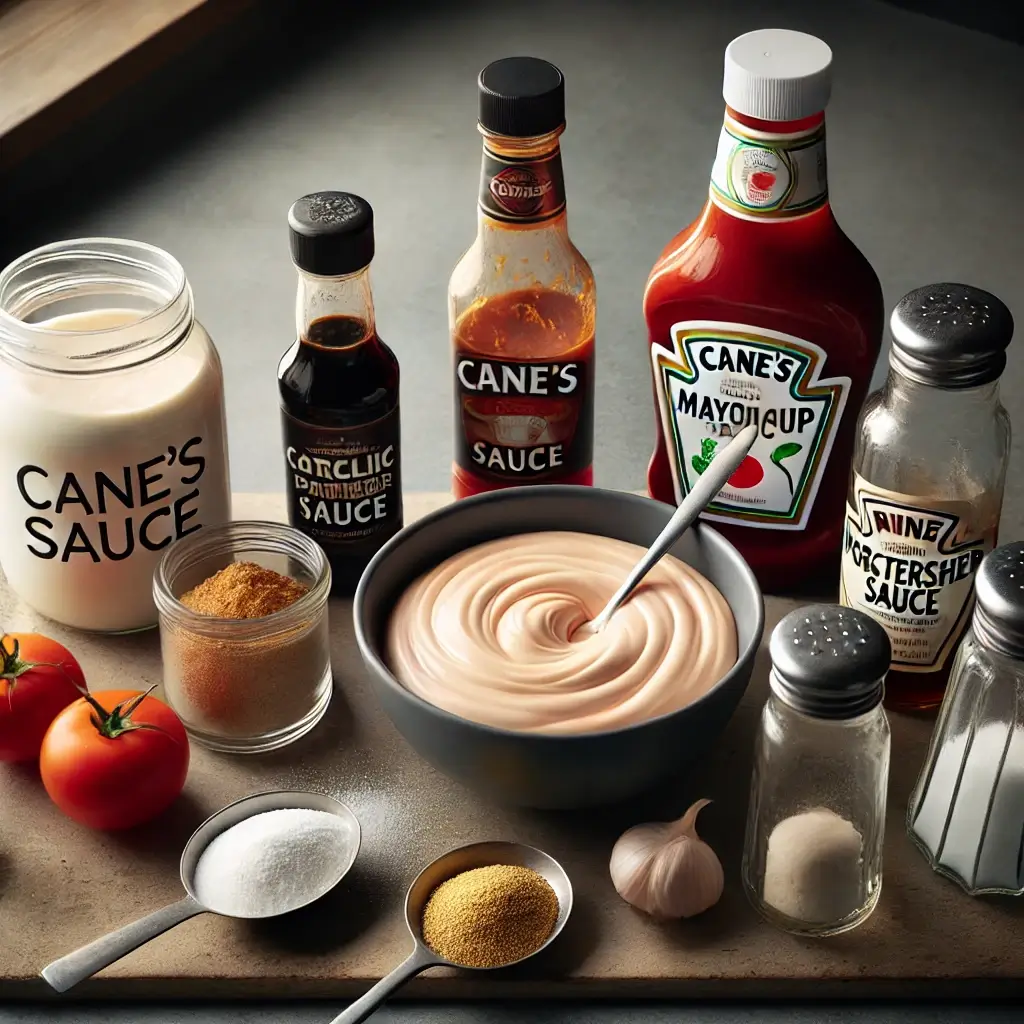
Conclusion
Making Canes Sauce at home is simple and satisfying. With just a few common ingredients, you can recreate the delicious, creamy dip that’s perfect for chicken fingers, fries, and so much more. Whether you’re hosting a party or just craving that signature flavor, this homemade Canes Sauce recipe will be a hit every time. Enjoy!





